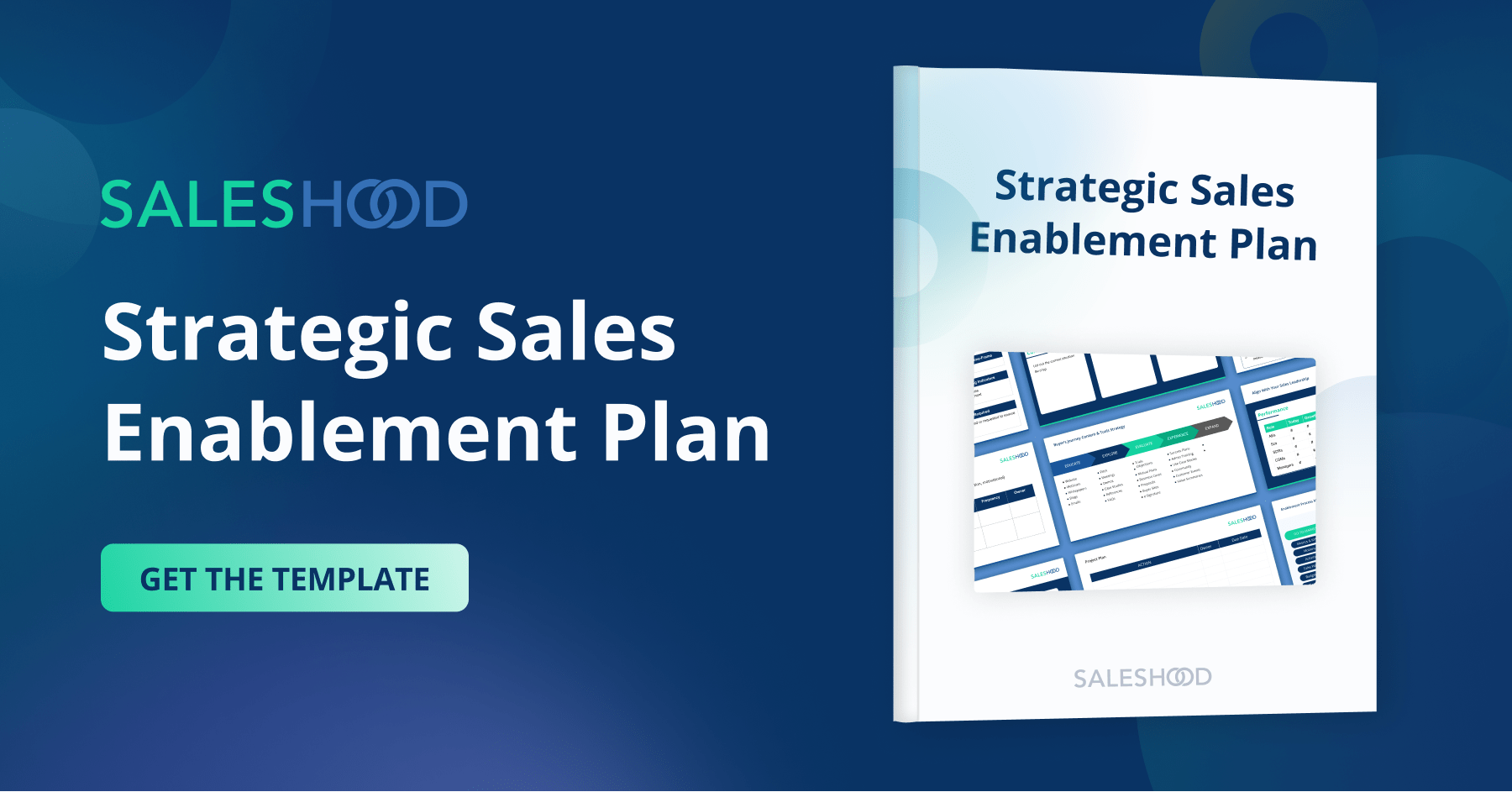There is such a thing as bad sales enablement. It happens. We see it all the time. Just because you enable your teams with training and content and you’re working 24/7, doesn’t mean it’s good and it’s working. It’s possible to do sales enablement that has a negative impact or is not well recieved by stakeholders. The goal in writing this piece is to increase awareness of the reality of bad sales enablement in our industry and to try and proactively avoid it from happening.
Poor Executive Alignment
Bad sales enablement looks and feels like a misaligned company with silos of education and knowledge sharing. You know it’s bad when the sales enablement programs that are being created and executed are not aligned with senior leadership’s top initiatives and priorities. You know your sales enablement is not great when It looks like the wild-wild west where teams are off doing their own thing. Bad sales enablement is highly inefficient and ineffective. It’s a recipe for friction and usually a sign of a bad culture too.
All too often enablement professionals are doing enablement without really understanding their company’s go-to-market. Enablement programs aren’t mapped to key performance indicators. You know your enablement is not working if sales processes are dated and not updated with the latest thinking from sales operations. When your certification is seen as a check-box versus true skills development and contributing to revenue, then you know your enablement is not going to have the desired impact on your teams.
Look for the Signs
Look for these signs in your business. Bad sales enablement happens when sales teams and sales managers aren’t speaking highly of their enablement people and the support they receive. You’re hearing phrases like we’re not getting what we need and our enablement teams don’t understand us. You can usually tell how your sales enablement program is doing and how they’re perceived when you randomly ask one of your sales managers or salespeople what they think of their sales enablement team. Their face will light up with joy and gratitude if you’re in a good spot. They’ll wince or shy away from answering if things are not well.
Self-Assess How You’re Doing
Here are some questions to self-assess if you and your teams are having an impact or not at your company. These questions are great to use informally in questions or formally in a survey.
1) How are your teams performing?
2) What are you learning by correlating enablement and coaching activity to attainment data?
3) How aligned are you with senior leaders on go-to-market priorities?
4) When’s the last time you talked with your front-line managers and their teams? What did they say?
5) How often are your stakeholders reviewing and approving your enablement calendar?
6) How often do you meet the CMO to understand their marketing priorities?
7) How often to do you meet with sales operations to review performance?
8) When’s the last time you updated your sales processes?
9) How much of your bootcamp and training content has moved to on-demand?
10) What are your teams saying about the quality of your sales tools and sales content?
11) How hard is it for your teams to do the training and enablement you’re asking them to do?
12) What’s your net promoter score for your program?
Keep the conversation and feedback loop open with your teams and be ready to adapt your program if you’re not getting the sense that you’re having the right impact. Numbers don’t lie. Don’t be defensive. The great part of finding out that your programs aren’t delivering is value is that you can change very quickly. If you’re interested in seeing what good sales enablement looks like and having a confidential assessment of your sales enablement program, click here to watch the amazing RingCentral sales onboarding success story. It’s best-in-class. If you want to know what good sales enablement looks like you can read the blog on Ten Guiding Principles of Sales Enablement.



